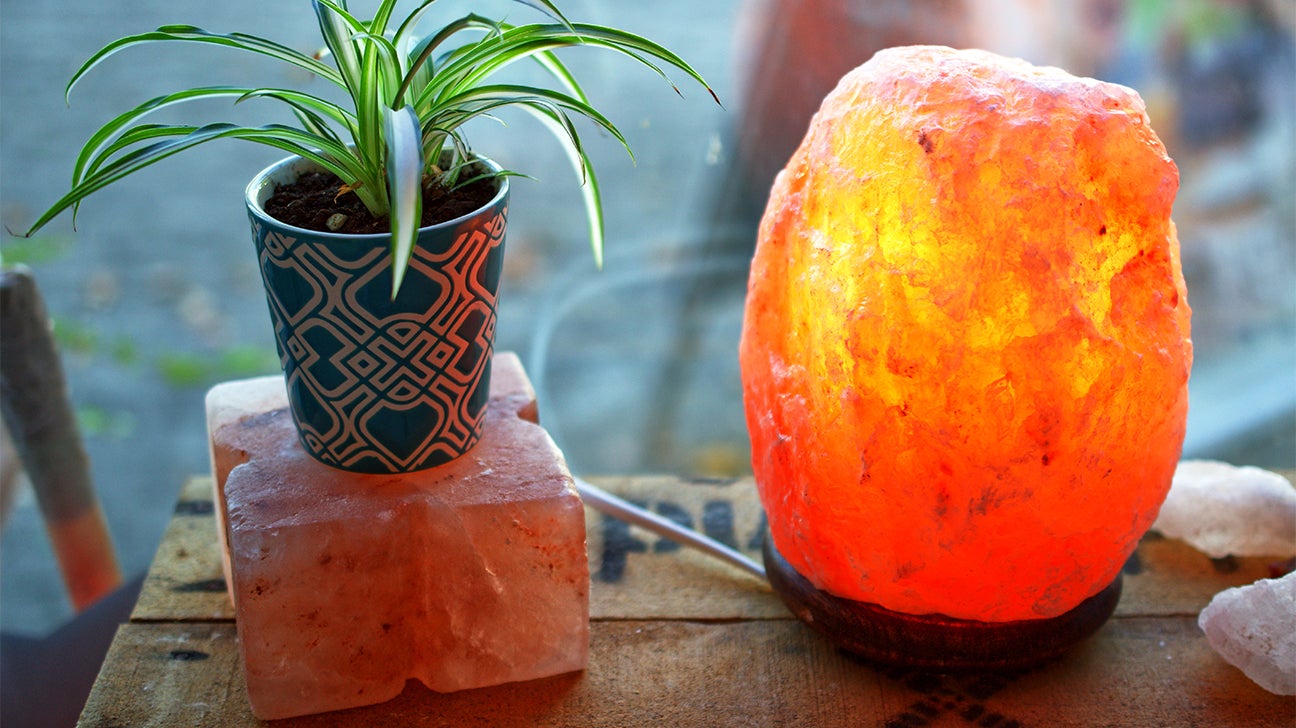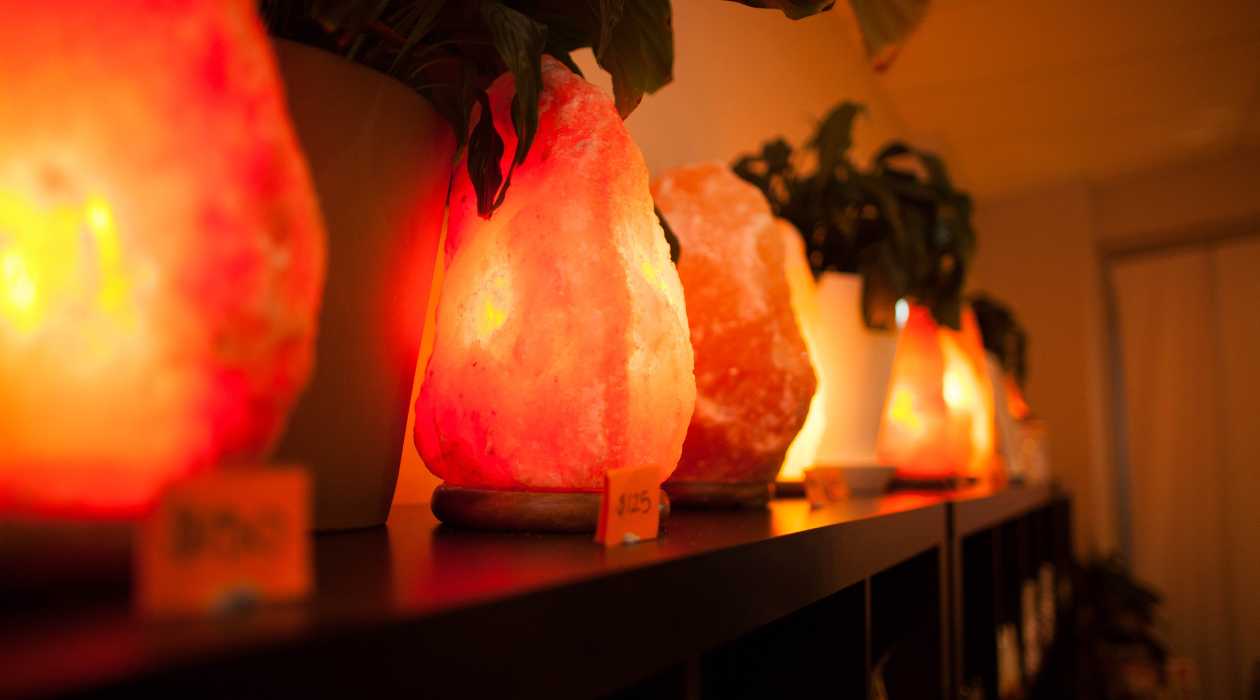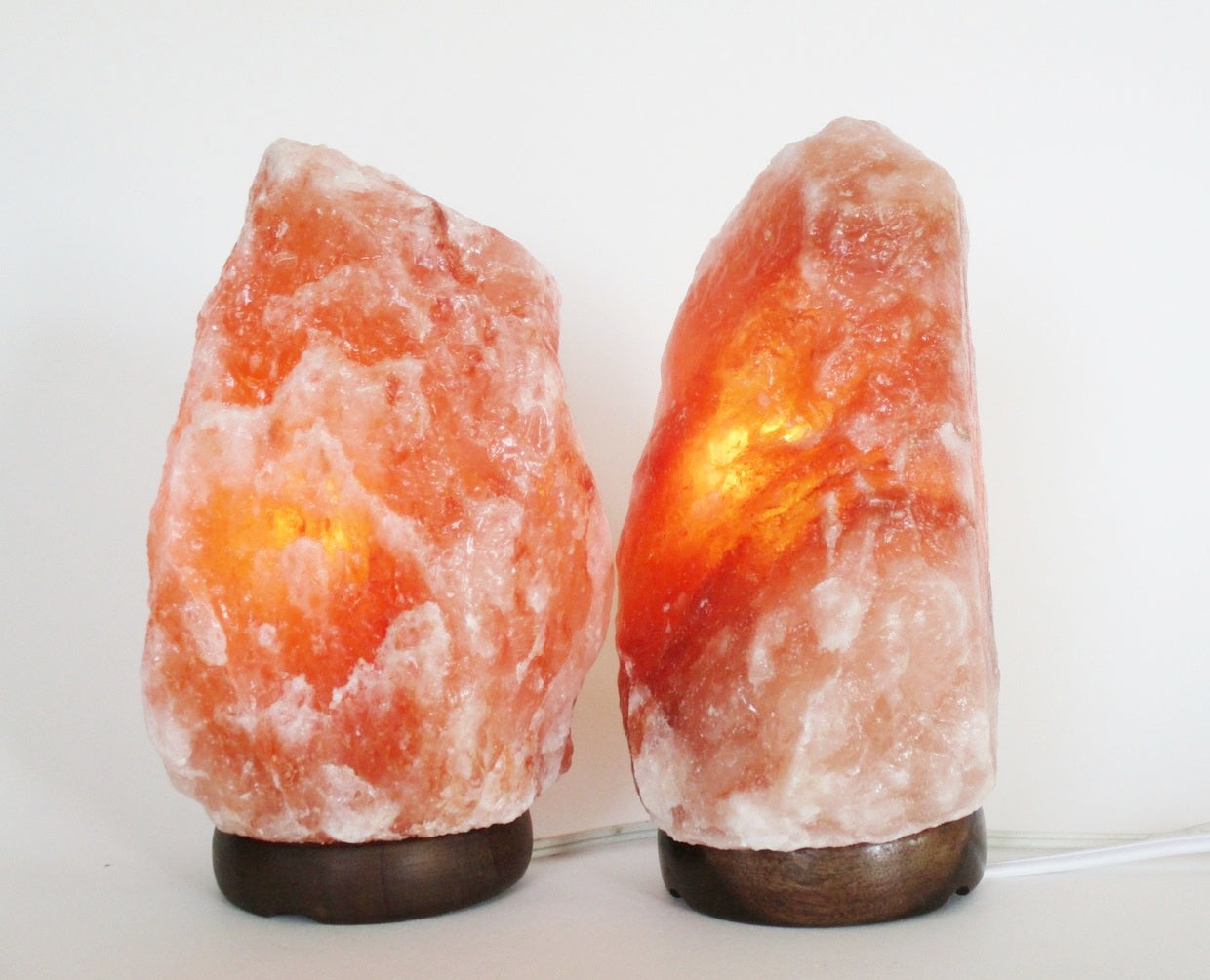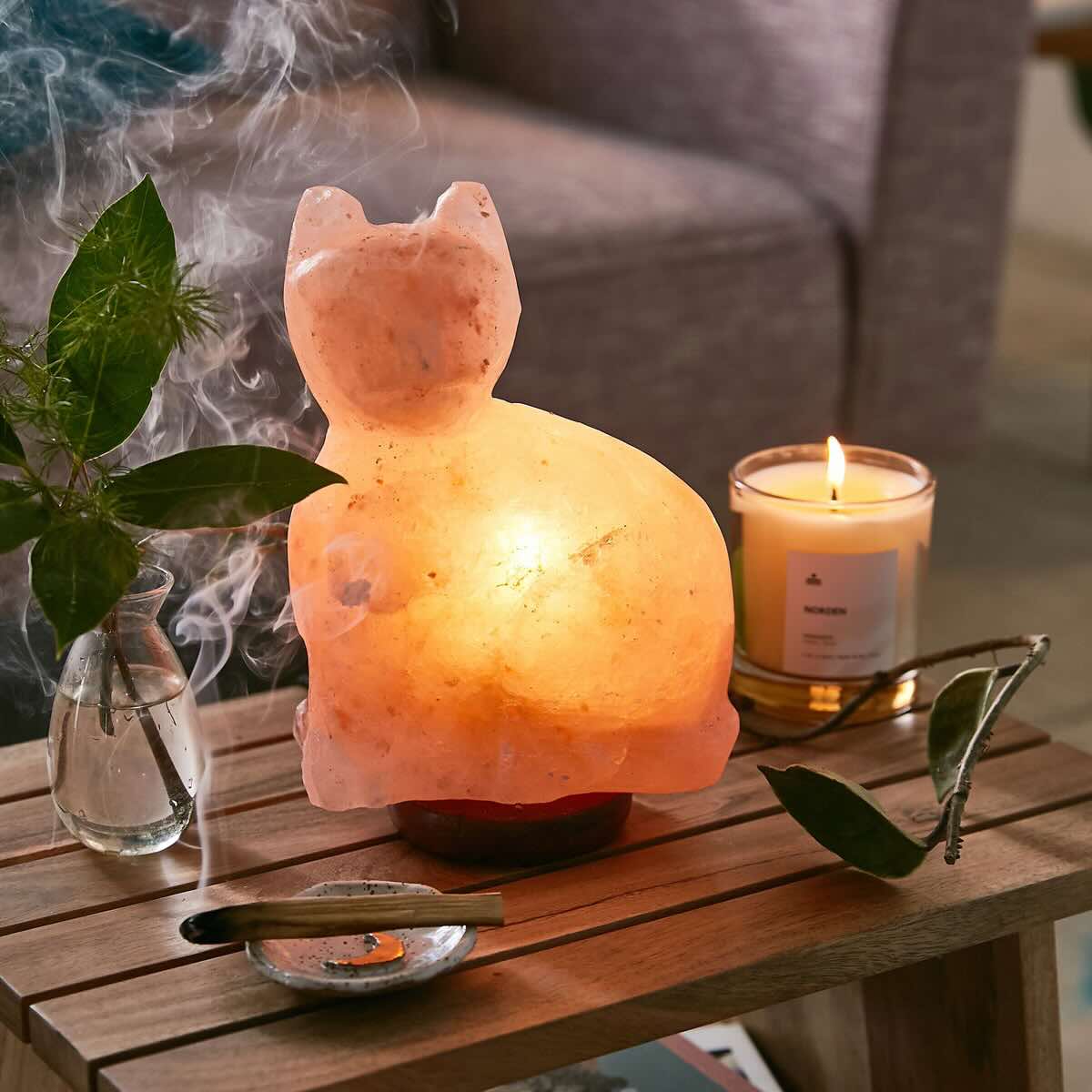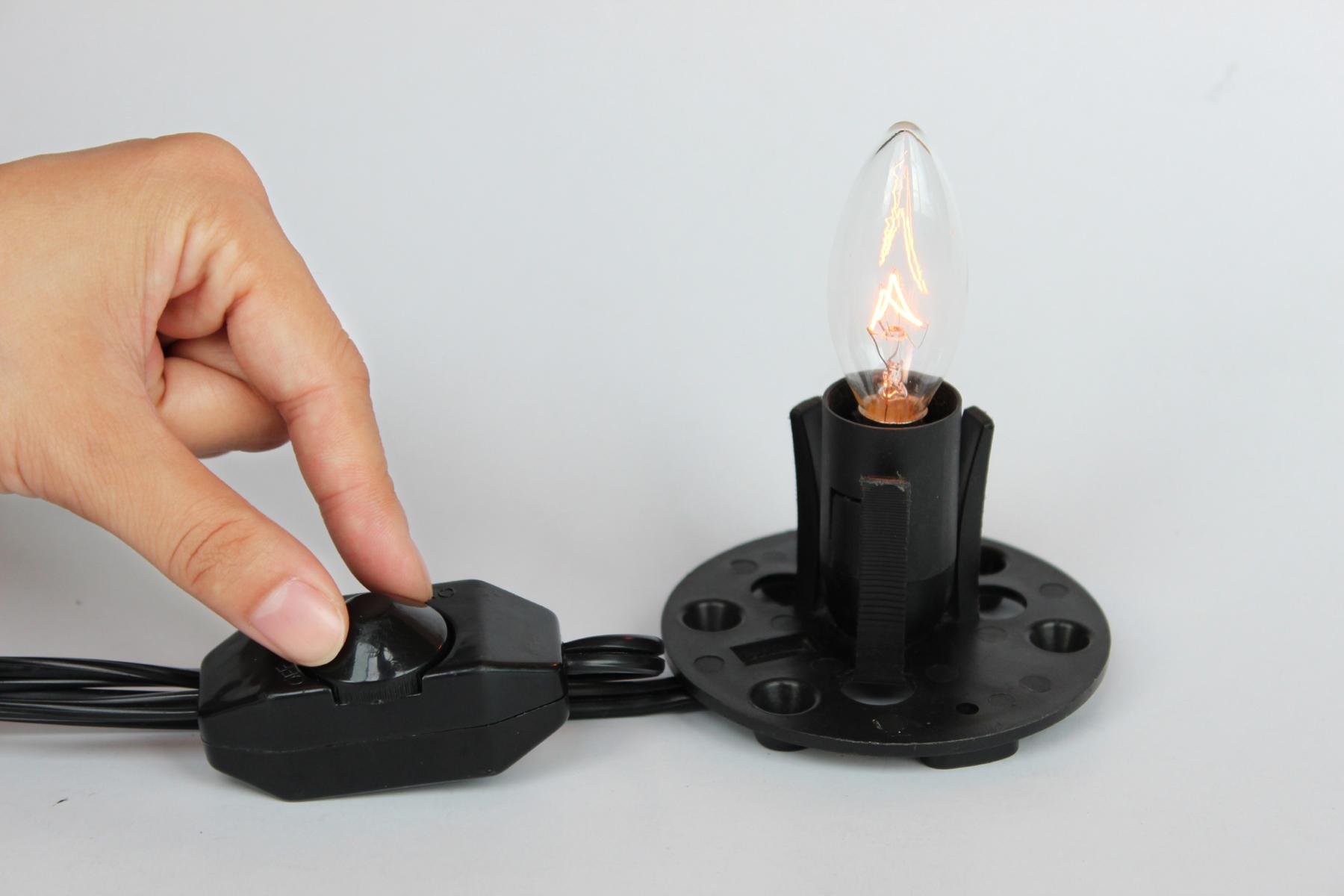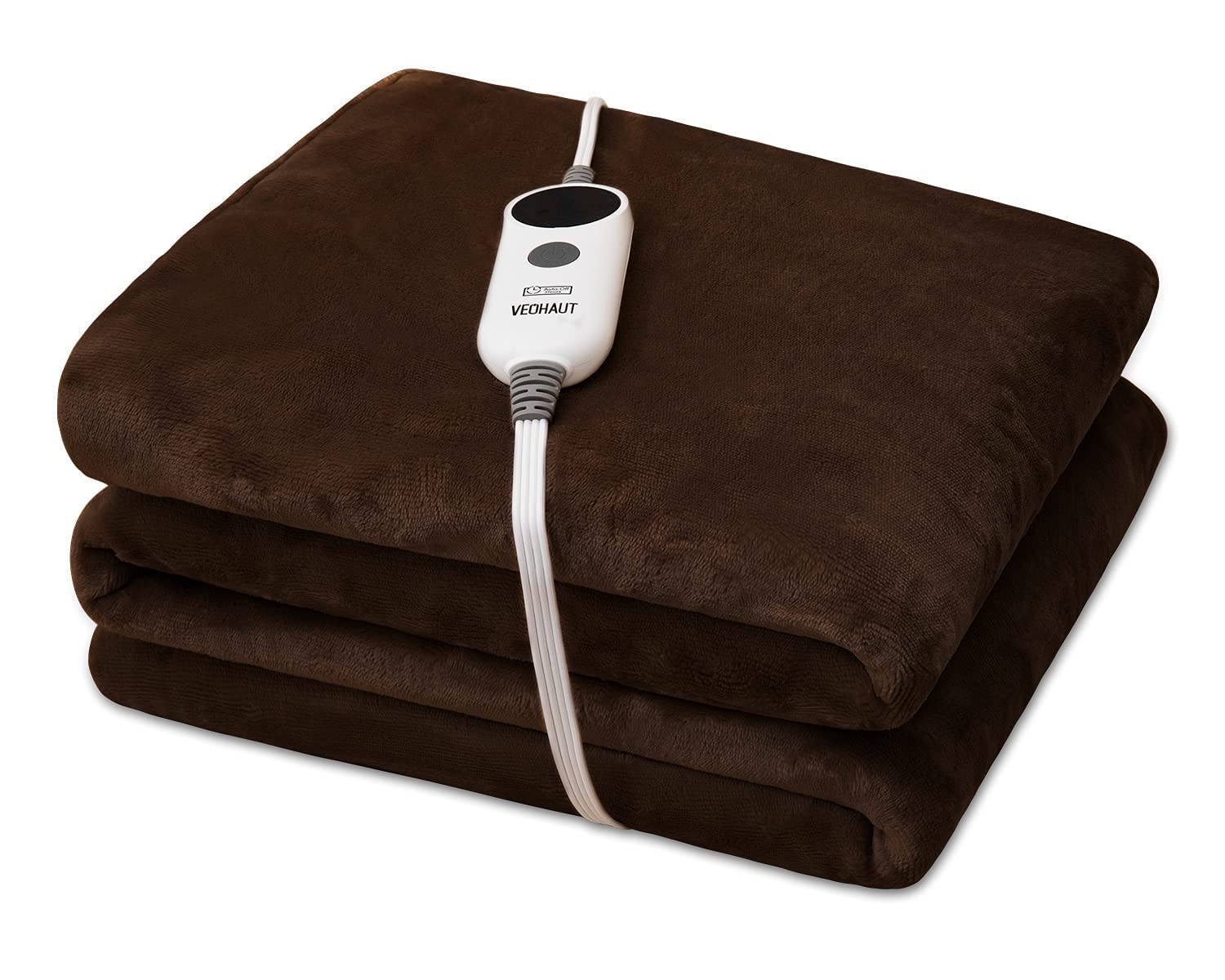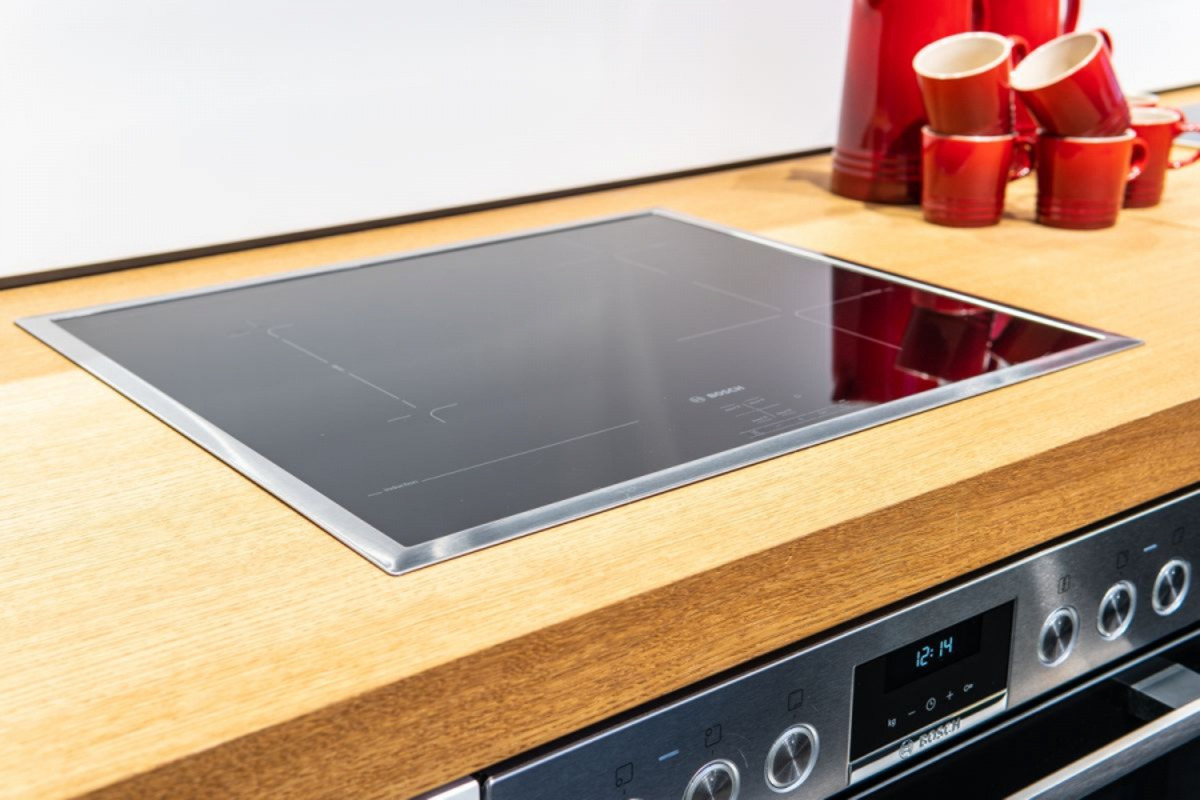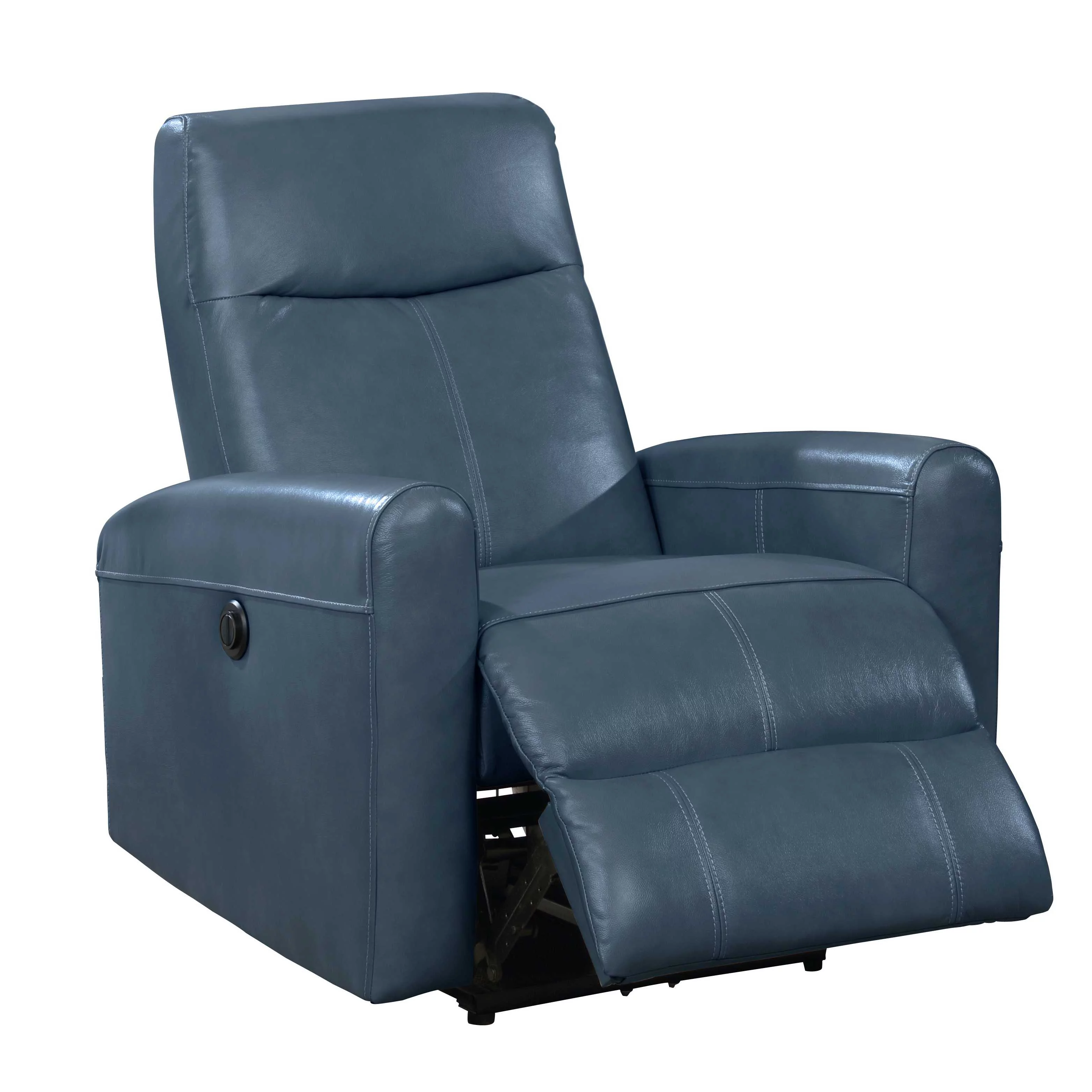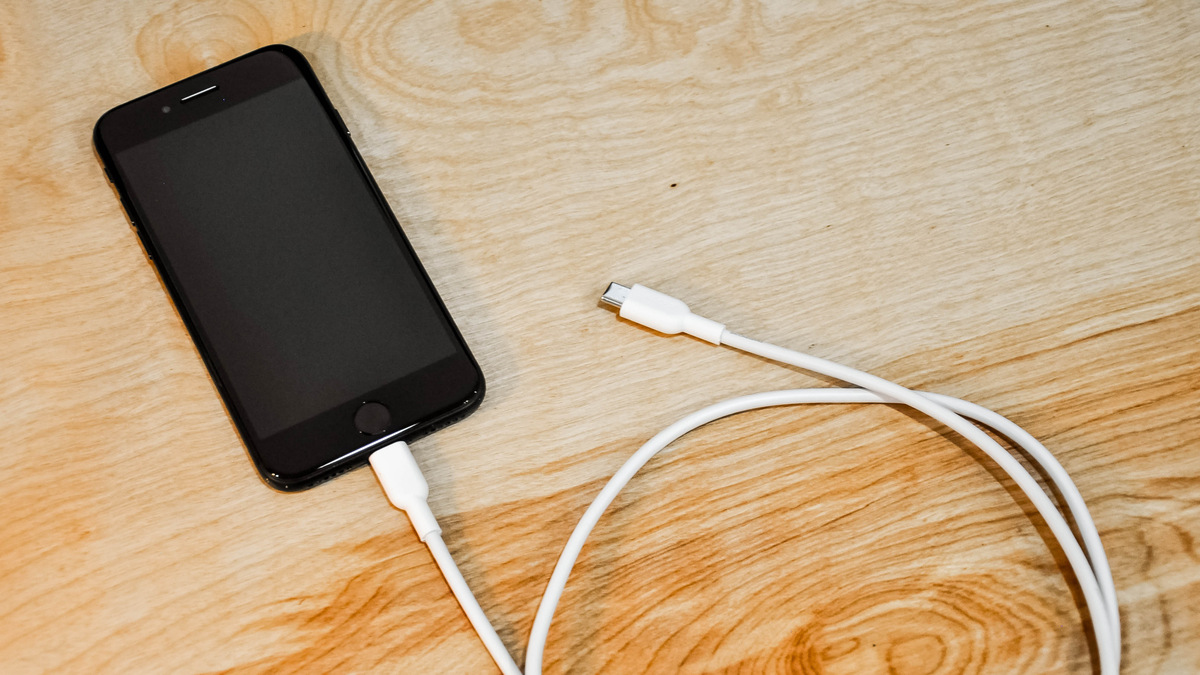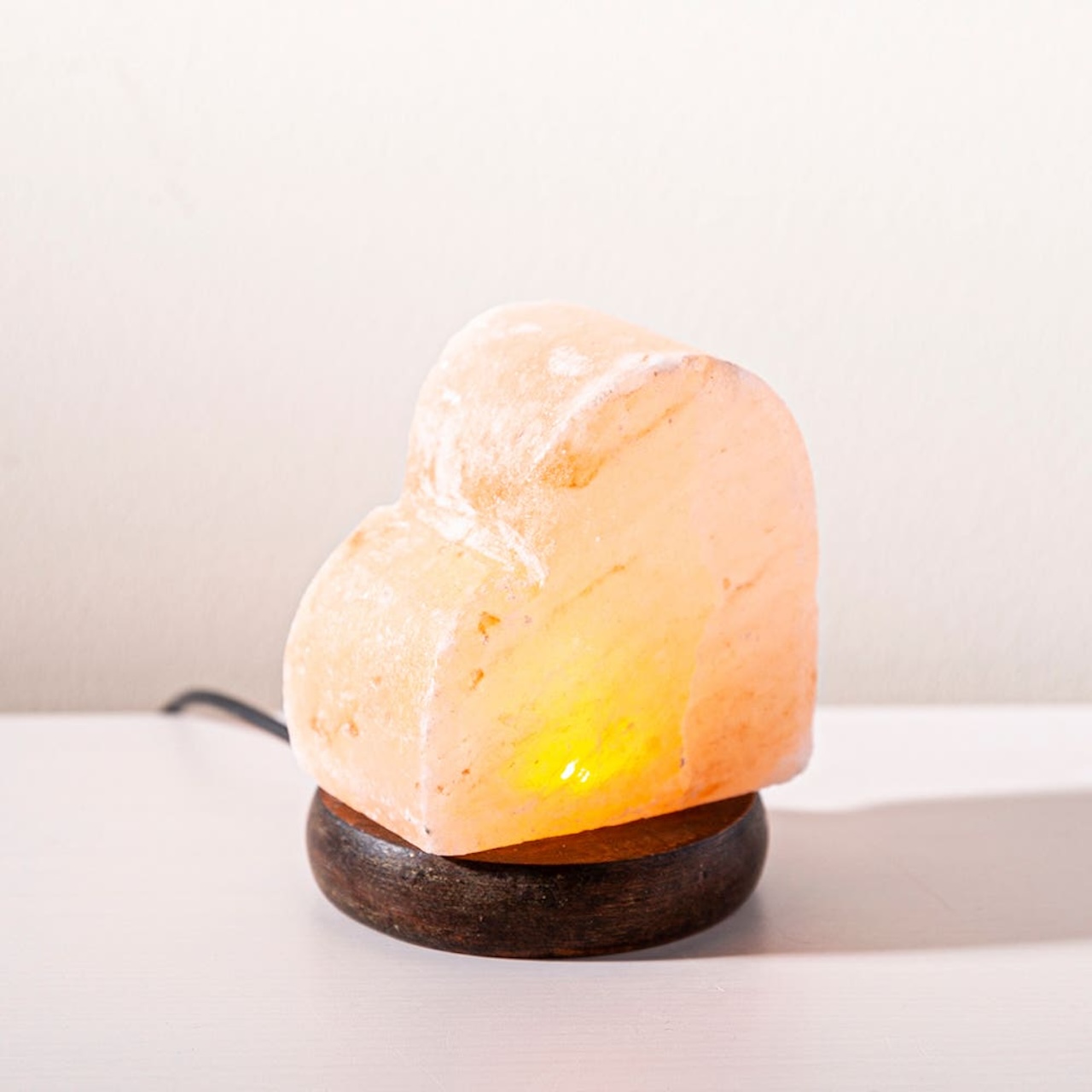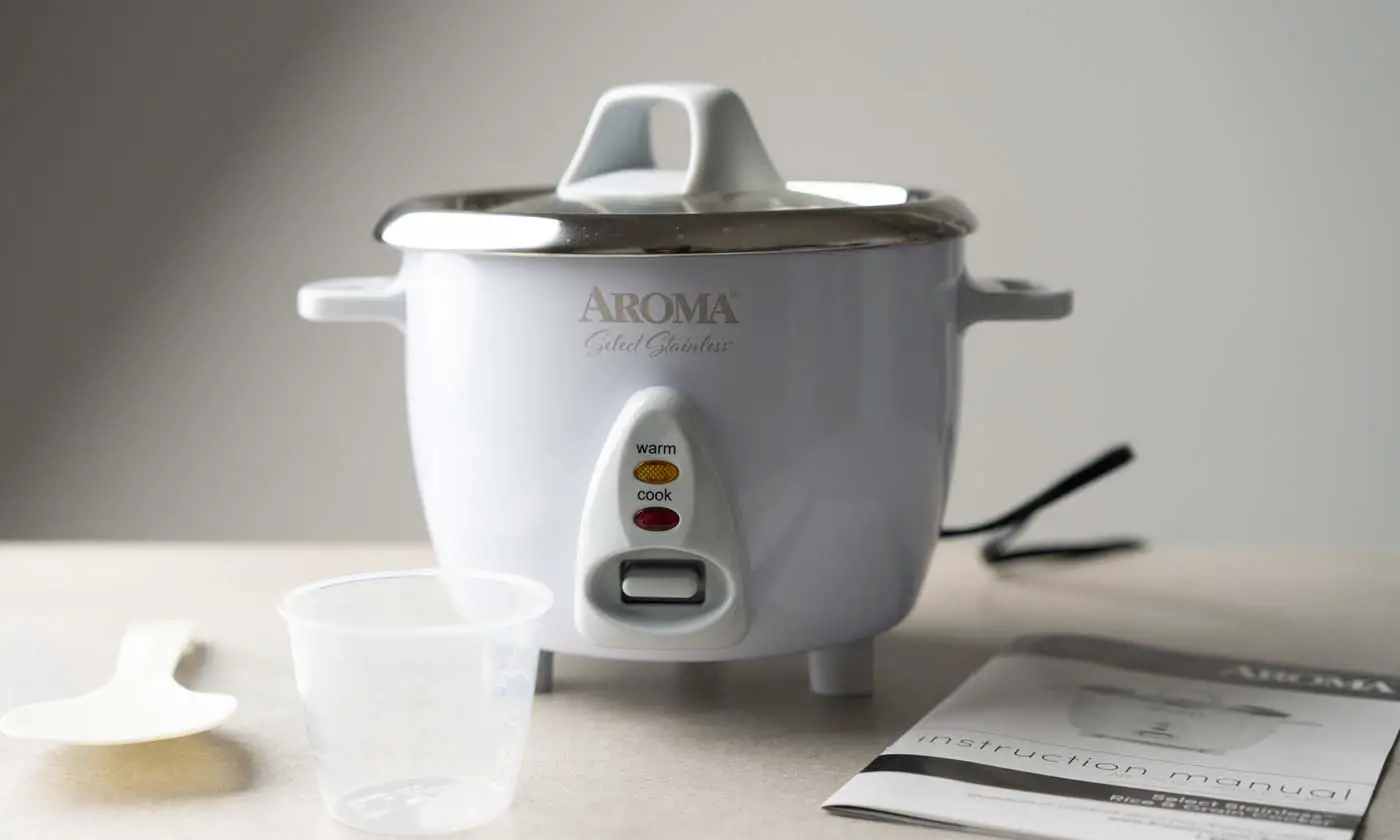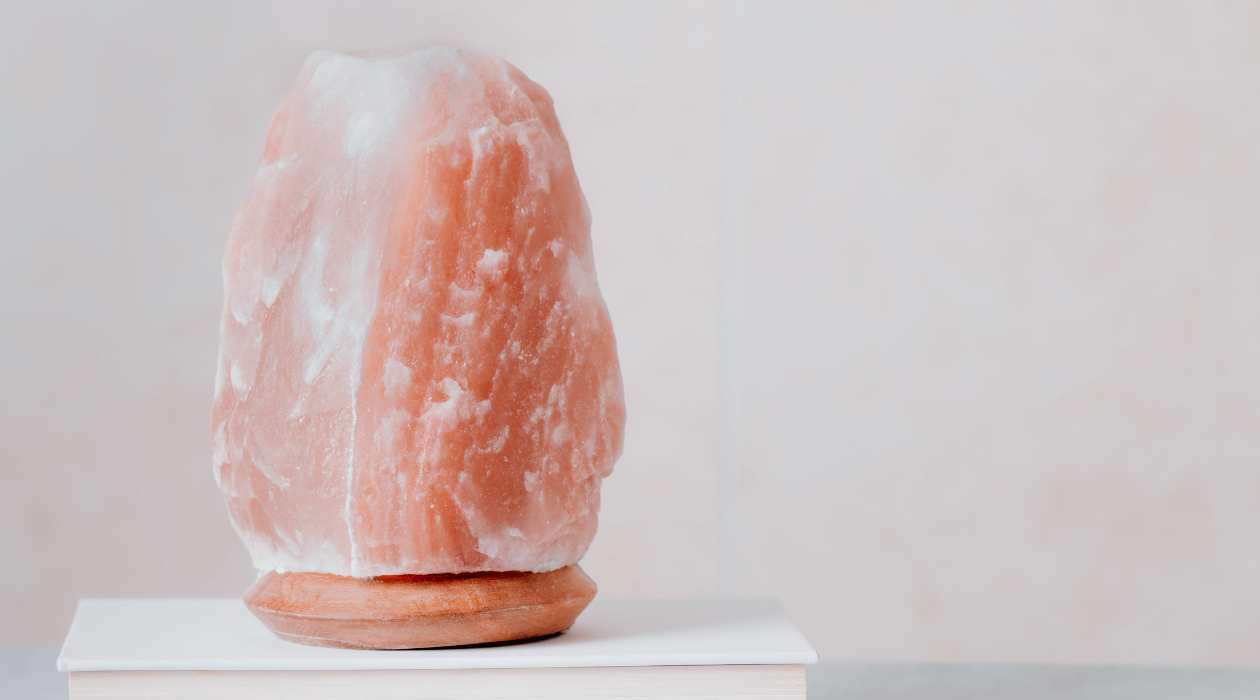

Furniture
Why Is My Salt Lamp Not Working
Modified: August 22, 2024
Discover the reasons why your salt lamp may not be working properly and how to fix it. Explore furniture solutions to ensure your salt lamp is functioning optimally.
(Many of the links in this article redirect to a specific reviewed product. Your purchase of these products through affiliate links helps to generate commission for Storables.com, at no extra cost. Learn more)
Introduction
Welcome to the world of salt lamps! These beautiful and unique decorative items have gained popularity in recent years, thanks to their aesthetic appeal and claimed health benefits. However, if you’ve noticed that your salt lamp is not working as expected, you might be wondering why. In this article, we will explore the common issues with salt lamps and provide troubleshooting tips to help you get the most out of this natural and captivating lighting option.
Before we delve into the possible reasons for your salt lamp not working, let’s first understand what salt lamps are and how they function. Salt lamps are made from a large chunk of Himalayan salt, which is known for its distinctive pinkish hue. Inside the salt crystal, there is a small light bulb that gently warms the salt, creating a soft glow and releasing negative ions into the surrounding atmosphere. These negative ions are believed to have various health benefits, including improved mood, reduced stress, and enhanced sleep quality.
Now that we have a basic understanding of salt lamps, let’s explore some common issues that you might encounter with your salt lamp:
- No glow: The salt lamp doesn’t emit any light or appears significantly dimmer than usual.
- Excessive sweating: You notice moisture or excessive condensation on the surface of the salt lamp.
- Cracking or melting: The salt lamp shows signs of cracks or melting, which can be a safety concern.
- Color fading: The vibrant pink color of the salt lamp fades over time.
Now, let’s dive into the possible reasons for your salt lamp not working and how you can troubleshoot these issues effectively. By following these troubleshooting tips, you can restore your salt lamp’s functionality and continue enjoying its soothing glow in your living space.
Key Takeaways:
- Troubleshoot common salt lamp issues by checking the light bulb, addressing moisture accumulation, and preventing overheating to restore its soothing glow and potential health benefits.
- Consider replacing your salt lamp if troubleshooting efforts fail, as natural wear and tear can diminish its functionality over time. Prioritize safety and seek professional assistance when needed.
Read more: Why Is My UV Nail Lamp Not Working
Understanding Salt Lamps
Before we explore the reasons why your salt lamp might not be working as expected, let’s take a closer look at how salt lamps function and why they have become a popular choice for home decor.
Salt lamps are made from large chunks of Himalayan salt crystals, which are known for their unique pinkish hue. These salt crystals are excavated from salt mines in the foothills of the Himalayas, and each lamp is crafted by placing a small light bulb inside the hollowed-out center of the crystal.
When the salt lamp is turned on, the heat from the light bulb gently warms the salt, causing it to release negative ions into the surrounding environment. Negative ions are molecules that have gained one or more extra negatively charged electrons. These ions are believed to counteract the positive ions emitted by electronic devices and pollutants in our surroundings, creating a balance and potentially offering various health benefits.
Some of the potential benefits of salt lamps include:
- Air purification: Salt lamps are believed to attract and neutralize harmful pollutants and allergens, such as dust, pollen, and pet dander. This can help improve indoor air quality, especially for individuals with respiratory conditions, allergies, or asthma.
- Mood enhancement: The soft, warm glow emitted by salt lamps can create a calming and relaxing atmosphere, which may help reduce stress, promote relaxation, and improve overall mood and well-being.
- Sleep improvement: The negative ions released by salt lamps are thought to generate a state of tranquility, making it easier to fall asleep and enjoy a more restful night’s sleep.
- Increased energy: Negative ions are believed to have a positive effect on our energy levels, potentially boosting vitality and productivity.
It’s important to note that while many people report positive experiences with salt lamps, the scientific evidence supporting their health benefits is limited. However, even without scientific confirmation, salt lamps continue to charm individuals with their natural beauty and warm ambiance.
Now that we have a better understanding of how salt lamps work and their potential benefits, let’s explore some common issues that can arise with these unique decorative items and how to address them.
Common Issues with Salt Lamps
Salt lamps are generally reliable and low-maintenance, but like any electrical device, they can encounter some issues over time. Here are some common issues that salt lamp owners may experience:
- No light or dim glow: One of the most common issues is when the salt lamp fails to emit any light or appears significantly dimmer than usual. This could be due to a faulty light bulb or a loose connection between the bulb and the lamp base.
- Excessive sweating: Salt lamps are known to release moisture, but excessive sweating or condensation on the surface of the lamp can be a sign of a problem. This usually occurs when the lamp is not used frequently or when the indoor humidity level is high. The excess moisture can cause the lamp to become slippery and pose a risk of electrical shock.
- Cracking or melting: If your salt lamp shows signs of cracks or melting, it is essential to address the issue promptly. This may occur due to excessive heat from the light bulb or exposure to moisture. Cracking or melting can compromise the structural integrity of the lamp and pose a safety hazard.
- Color fading: Over time, the vibrant pink color of the salt lamp may fade. This can happen due to exposure to sunlight or excessive heat, which can cause the salt crystal to lose its natural color and become dull or white in appearance.
Experiencing any of these issues might leave you wondering why your salt lamp is not functioning optimally. In the next section, we will explore the possible reasons behind these common issues and provide troubleshooting tips to help you get your salt lamp back in working order.
Make sure your salt lamp is placed in a dry environment and is turned on regularly to prevent moisture buildup. Wiping the lamp with a dry cloth can also help improve its performance.
Possible Reasons for Salt Lamp Not Working
If you’re facing issues with your salt lamp not working as expected, there could be several reasons behind it. Let’s explore some possible causes:
- 1. Faulty light bulb: The light bulb inside the salt lamp may be burnt out or defective. Try replacing the bulb with a new one of the appropriate wattage and see if the lamp starts working again.
- 2. Loose connection: Check if the bulb is securely screwed into the lamp base. Sometimes, a loose connection between the bulb and the base can cause the lamp to malfunction. Make sure the connection is tight and secure.
- 3. Electrical issue: Inspect the power cord and plug of the salt lamp. If there are any visible damages or frayed wires, it could indicate an electrical problem. In such cases, it is best to discontinue use and contact a professional electrician for repair or replacement.
- 4. Moisture accumulation: Excessive moisture on the surface of the salt lamp can cause short circuits or affect the electrical components. Ensure that your lamp is placed in a dry area and avoid exposing it to high-humidity environments.
- 5. Overheating: If your salt lamp is cracking or melting, it could be a sign of overheating. Make sure you are using the recommended wattage bulb for your lamp’s size, as using a higher wattage bulb can generate excessive heat. Additionally, avoid placing the lamp near sources of heat or in direct sunlight.
- 6. Natural wear and tear: Over time, the electrical components of a salt lamp may deteriorate, resulting in decreased functionality. If your lamp is old or heavily used, it’s possible that it may need to be replaced.
By considering these possible reasons for your salt lamp not working, you can identify the source of the issue and take appropriate steps to troubleshoot and fix it. In the next section, we will provide some useful tips to help you troubleshoot your salt lamp effectively.
How to Troubleshoot your Salt Lamp
If you’re experiencing issues with your salt lamp, follow these troubleshooting steps to identify and resolve the problem:
- Check the light bulb: Ensure that the light bulb inside the lamp is functioning properly. Replace it with a new bulb of the appropriate wattage if needed. Also, make sure the bulb is securely screwed into the lamp base.
- Inspect the power cord: Examine the power cord and plug for any visible damage, such as frayed wires or bent pins. If there are any issues, discontinue use and seek professional electrician assistance for repair or replacement.
- Address moisture accumulation: If your salt lamp is sweating excessively, wipe off the moisture using a clean, dry cloth. Keep the lamp in a well-ventilated area to minimize moisture buildup. Consider using a small, low-wattage bulb to reduce moisture evaporation.
- Prevent overheating: Ensure that your lamp is not placed near heat sources like radiators or direct sunlight, as this can lead to overheating. Use the appropriate wattage bulb recommended by the manufacturer to prevent excessive heat generation.
- Clean the salt crystal: Over time, dust and debris can accumulate on the surface of the salt crystal, reducing its effectiveness. Gently wipe the salt lamp with a slightly damp cloth or sponge to remove any buildup. Allow it to dry completely before turning it back on.
- Consider a salt lamp replacement: If you’ve tried all the troubleshooting steps and your salt lamp is still not working, it may be time to consider replacing it. Salt lamps have a limited lifespan, and with natural wear and tear, their functionality can diminish over time.
Remember to always prioritize safety when troubleshooting your salt lamp. If you’re unsure or uncomfortable handling any electrical components, seek professional assistance.
By following these troubleshooting tips, you can hopefully resolve the issue with your salt lamp and continue enjoying its warm and soothing glow in your home.
Read more: Why Is My Lamp Buzzing
Conclusion
Salt lamps are not only aesthetically pleasing but also touted for their potential health benefits. However, like any electronic device, they can encounter issues that impact their functionality. In this article, we explored common issues with salt lamps and provided troubleshooting tips to help you address these problems effectively.
When your salt lamp is not working as expected, it’s important to consider factors such as faulty light bulbs, loose connections, and excessive moisture accumulation. By following the troubleshooting steps outlined in this article, you can identify the cause of the issue and take appropriate actions to restore your salt lamp’s functionality.
If you’re unable to resolve the issue despite troubleshooting efforts, it may be time to consider replacing the salt lamp. Over time, salt lamps may experience natural wear and tear, diminishing their effectiveness. It’s always best to prioritize safety and consult a professional if you are unsure about handling electrical components.
While the scientific evidence supporting the health benefits of salt lamps is limited, many individuals find them to be a source of relaxation and ambiance in their homes. Whether you choose to believe in their potential health benefits or simply appreciate them for their natural beauty, salt lamps continue to captivate homeowners and enthusiasts around the world.
So, if you’re experiencing issues with your salt lamp, don’t fret. Follow the troubleshooting tips provided in this article, and you’ll hopefully be able to restore your salt lamp to its full functionality. Enjoy the warm glow and potential benefits that salt lamps have to offer!
Frequently Asked Questions about Why Is My Salt Lamp Not Working
Was this page helpful?
At Storables.com, we guarantee accurate and reliable information. Our content, validated by Expert Board Contributors, is crafted following stringent Editorial Policies. We're committed to providing you with well-researched, expert-backed insights for all your informational needs.
